Are you leaving for the Canary Islands in the "eternal spring"? Discover our 15 essentials to visit the island of Gran Canaria!
The second most populous island in the Canary Islands after the island of Tenerife , the island of Gran Canaria is an island of Spain, located in the Atlantic Ocean between Tenerife and Fuerteventura. You will love to visit Gran Canaria, a true jewel of the Canary Islands! The island is so famous for the incredible diversity of its landscapes that it was recognized as a Biosphere Reserve by UNESCO in 2005. The population is 850,391 inhabitants (2011), but the tourist affluence is full of the year, and for cause: rocked by the aisles, heated by the Gulf Stream , illuminated by a subtropical sun all year round (with a semi-arid climate bringing only 14 days of rain a year), it is called the island in “eternal spring”. A small perfume from Africa and Latin America will be felt at only 3 hours on a plane Paris Welcome to heaven!
So what do you do in Gran Canaria? We recommend renting a car and reading our top 15 of the must-sees to visit Gran Canaria. Or the opposite.
1. Végueta
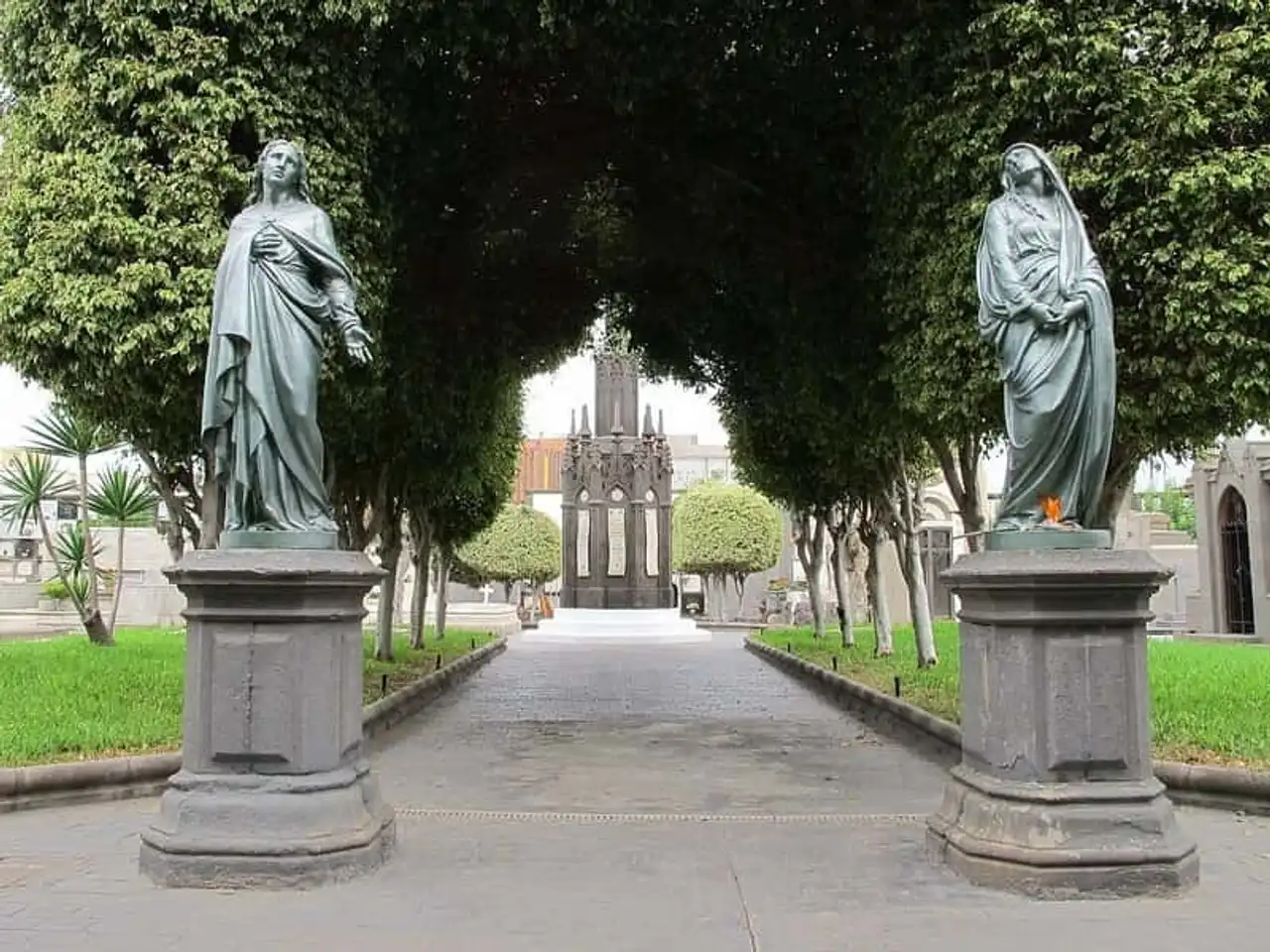
Photo credit: Flickr – El Coleccionista de Instantes
Végueta is one of the two historical districts of the capital, south of Las Palmas . Medieval district rich in historical monuments, museums and bright colours (white, ochre and yellow), Végueta is located south of Las Palmas.
To be seen in the area during your guided tour: the Casa de Colón, the Cathedral of Santa Ana, the Canario Museum, the market of Végueta.
2. Triana
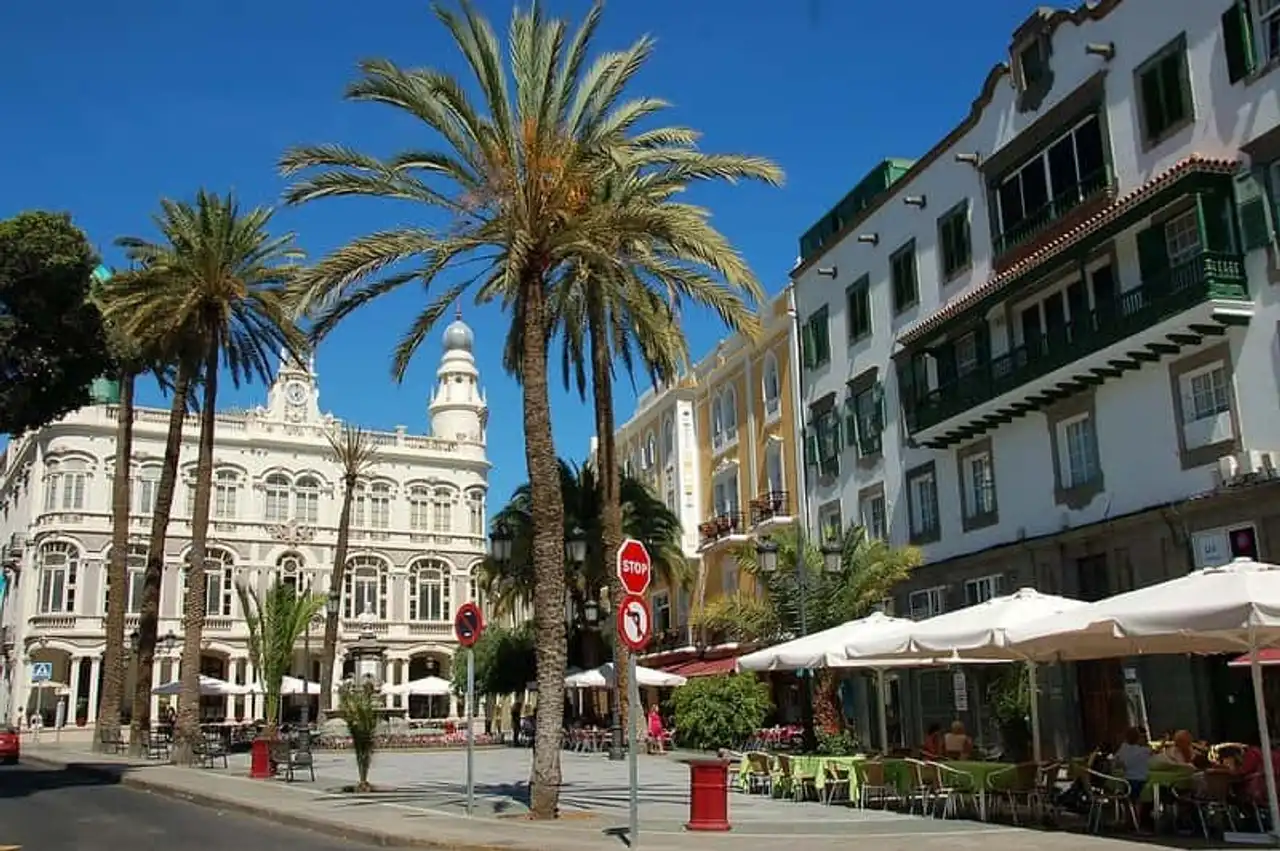
Photo credit: Flickr – Krzysztof Belczyński
Triana , the other historic district of Las Palmas, dates only from the 19th century. It has many bars and restaurants, San Telmo Park, and especially Triana Calle, a very commercial street.
3. Caldera de Bandama
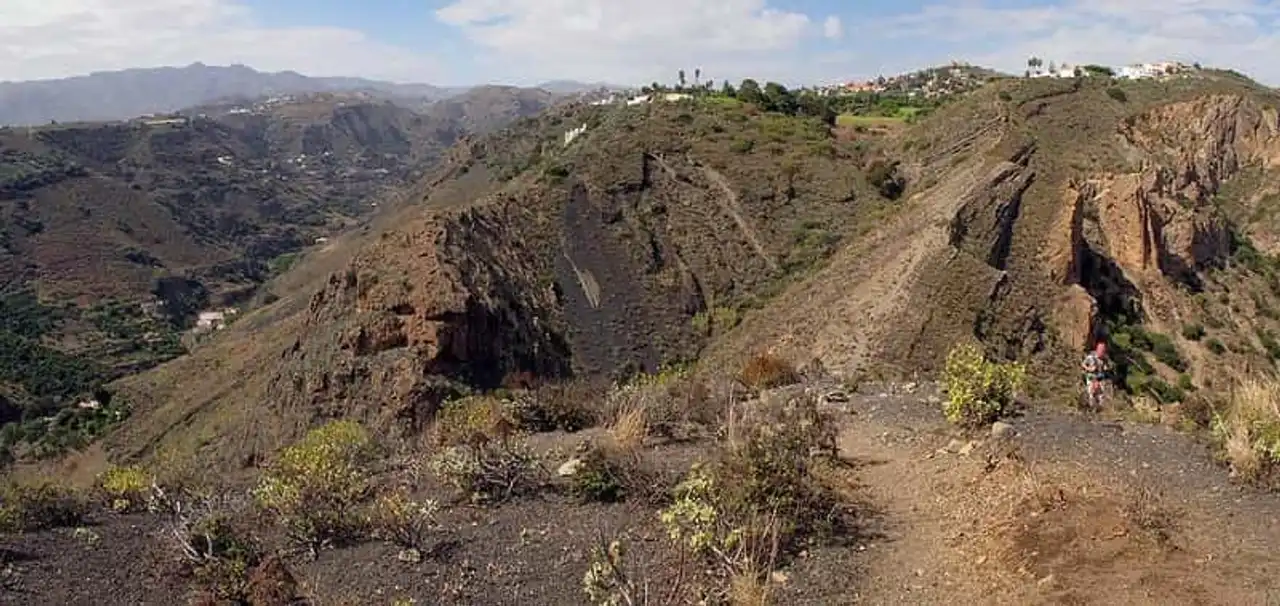
Photo credit: Flickr – Thomas Jundt
What to do in Gran Canaria, if not walks on a volcano? Caldera de Bandama offers beautiful hikes in a crater of 1,000 meters in diameter and 200 meters deep. You can reach the bottom of the crater in half an hour of hiking through a volcanic rock trail.
4. Roque Nublo
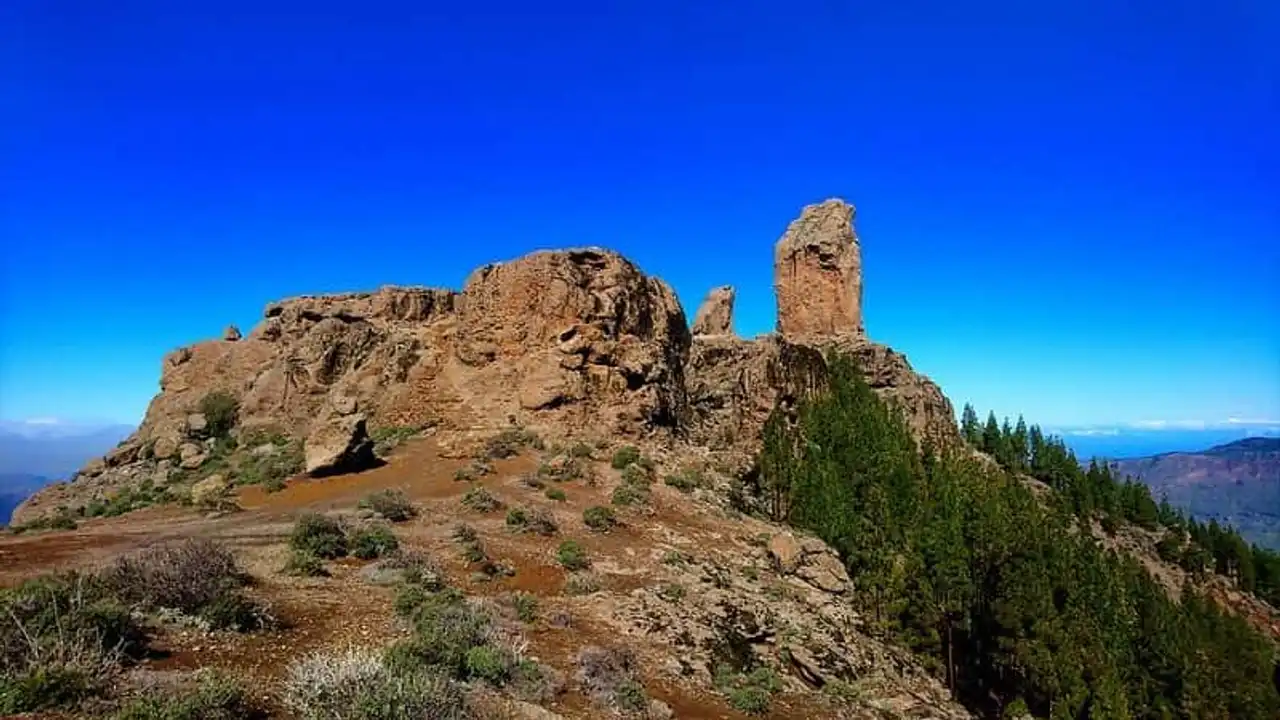
Photo credit: Flickr – andy walker
In the centre of the island is the third highest summit on the island of Gran Canaria: Roque Nublo . This basaltic monolith measuring 80 meters high and located at 1,813 meters high. Overlooking the Caldera de Tejeda, it allows a splendid 360° view of the lunar and desert landscape surrounding the massif: a unique and sublime excursion!
5. Pico de las Nieves
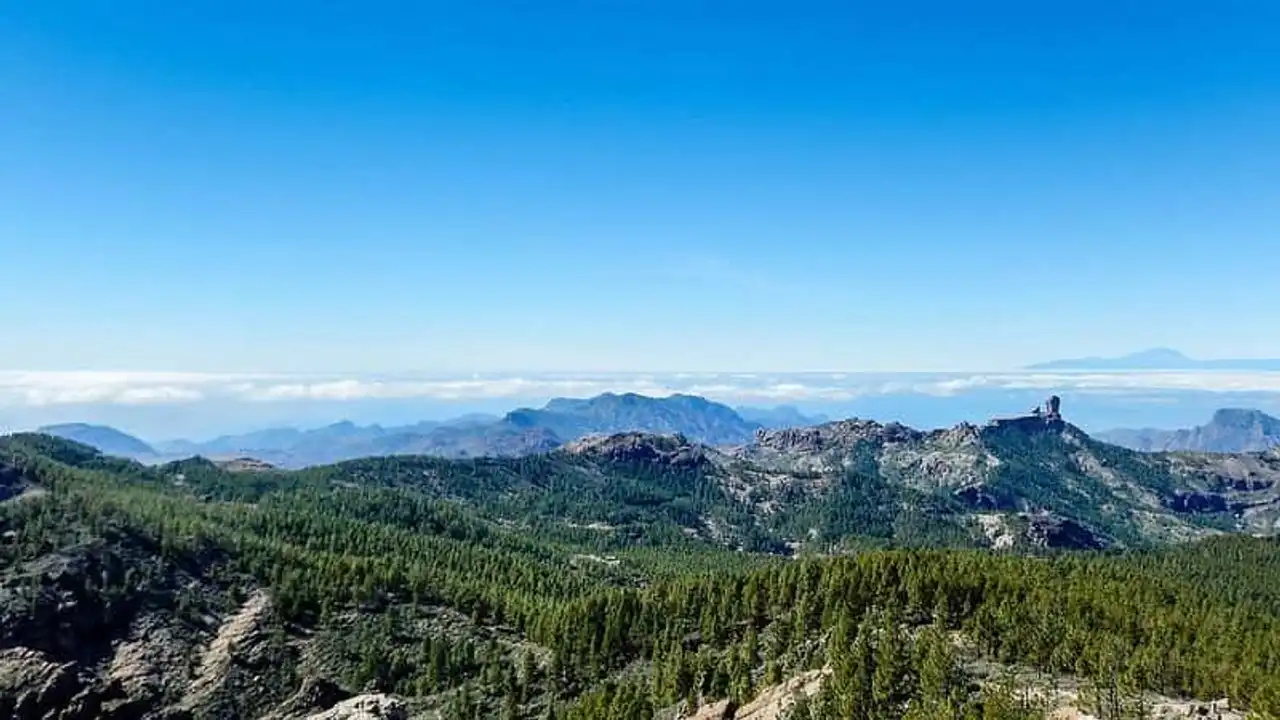
Photo credit: Flickr – Robert Brands
After surveying the Roque Nublo, the Pico de las Nieves is a must to do by visiting Grande Canarie. The highest point of the island with 1,949 meters of altitude, the Pico de las Nieves – the Pic des Neiges – offers beautiful hikes, especially to the top of the mirador. You will see the steep, ciseled and torn landscape of the island, where the aridity and the lunar landscape seem to make any life hostile.
6. Casa de Colón
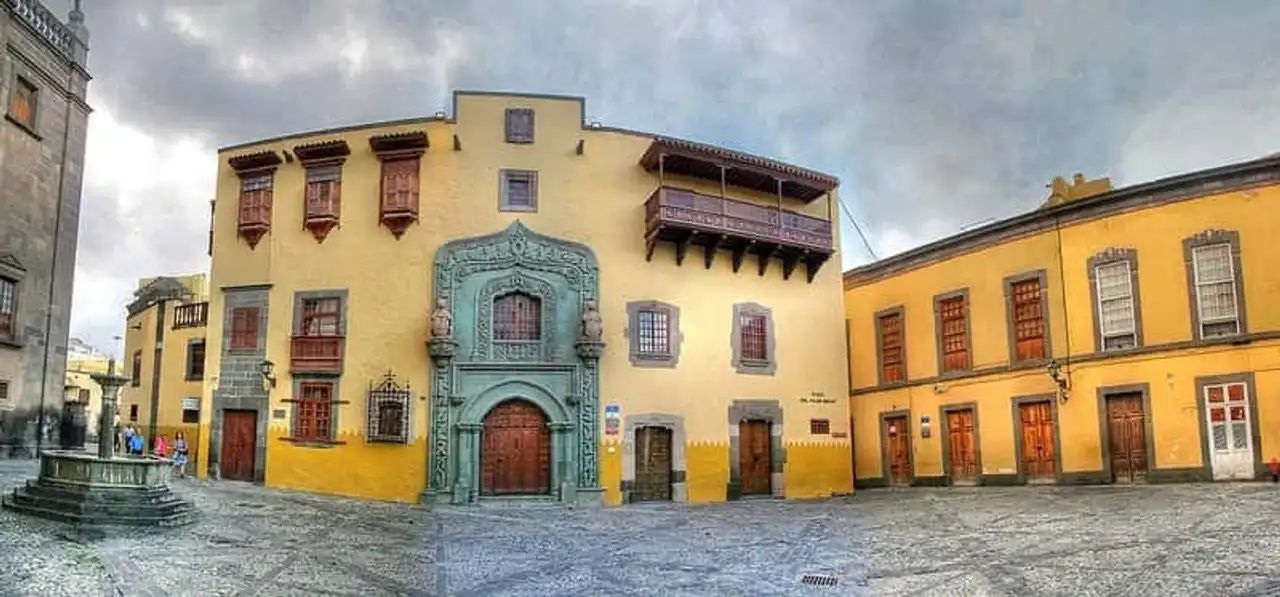
Photo credit: Flickr – El Coleccionista de Instantes
What to do in Gran Canaria? Located in the district of Végueta in Las Palmas, la Casa de Colón is immanquable if you love history. It was in this house that a certain man stayed Christophe Colomb at the end of the 15th century during his explorations to the "New World". The museum and its 13 rooms revisit the history of colonization and discover the Canadian culture before Spanish colonization in the 1490s.
7. Cueva Pintada
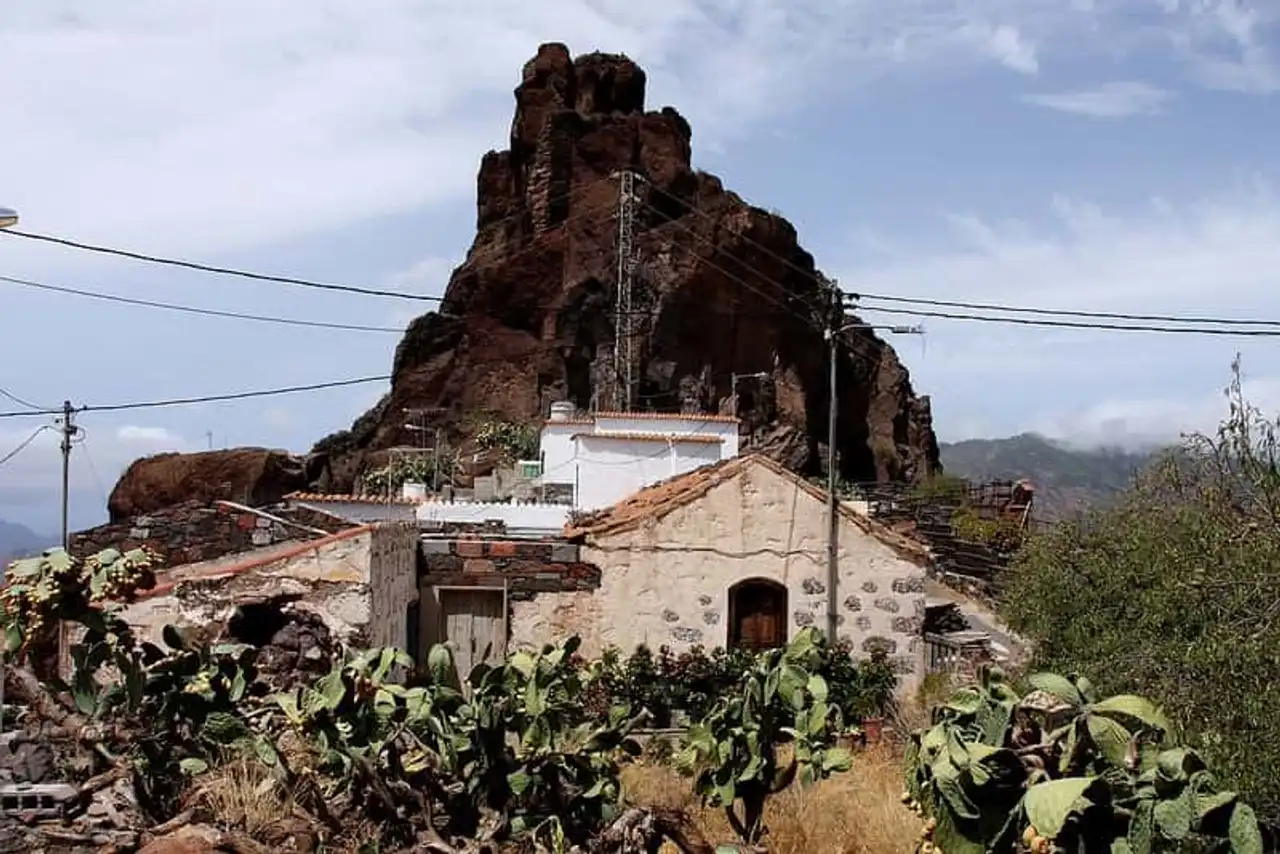
Photo credit: Flickr – El Coleccionista de Instantes
What to do in Gran Canaria and why visit the "painted cave"? Archaeological excavations carried out Galdar (northwest of the island) allowed to revisit the Paleolithic era. In the Archaeological Museum and to the dedicated garden, we will contemplate these cave paintings of extreme precision – whose motifs represent social codes of communication of the prehistoric man – from the ruins of a pre-Hispanic city guanche: window on time, leaving us a heritage of an invaluable value.
8. The city of Teror
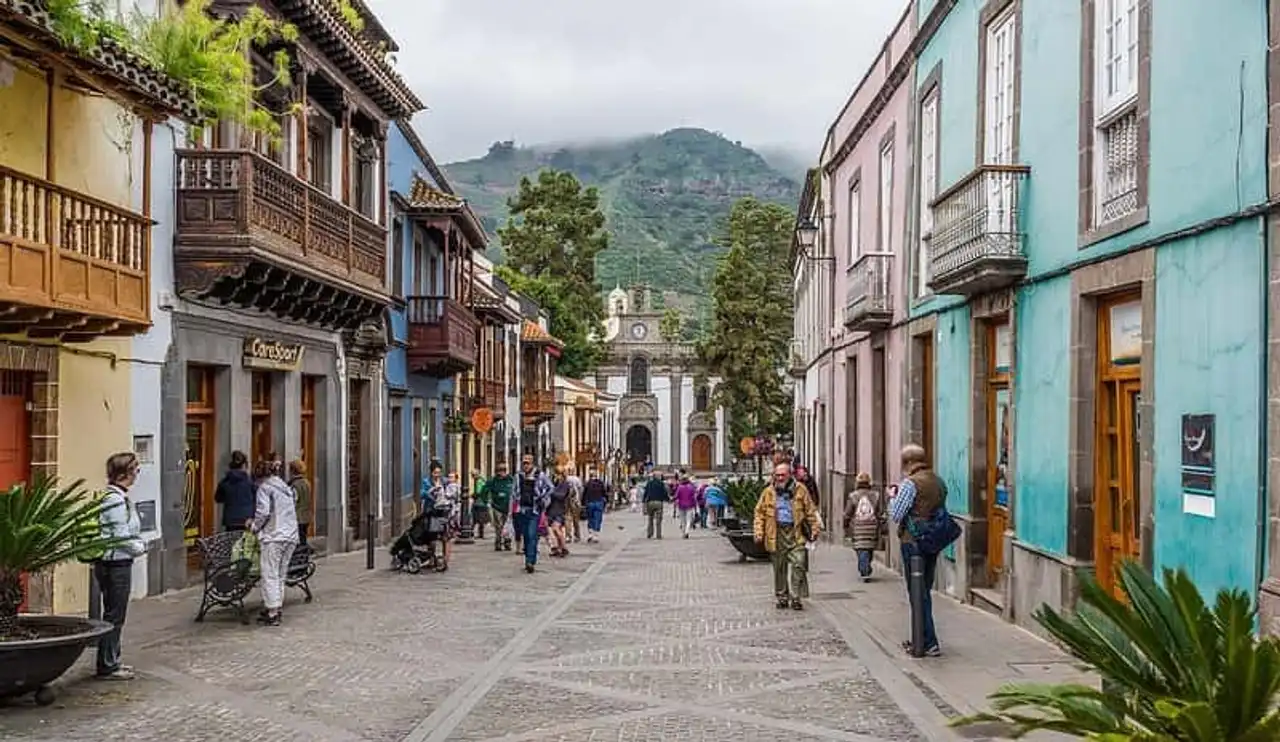
Photo credit: Flickr – Bengt Nyman
City located in the northern centre of the island, Teror is a commune surrounded by mountains, with 12,600 inhabitants (2014). She is best known for her virgin, trestling with the Basilia Nuestra Señora del Pino . This virgin represents the patron saint of Gran Canaria and is honoured on September 8 during a pilgrimage throughout the island.
Rich in history and culture, beautiful from its typical and authentic architecture, Teror promises a trip from Las Palmas, full of surprises and discoveries!
9. Fataga Barranco
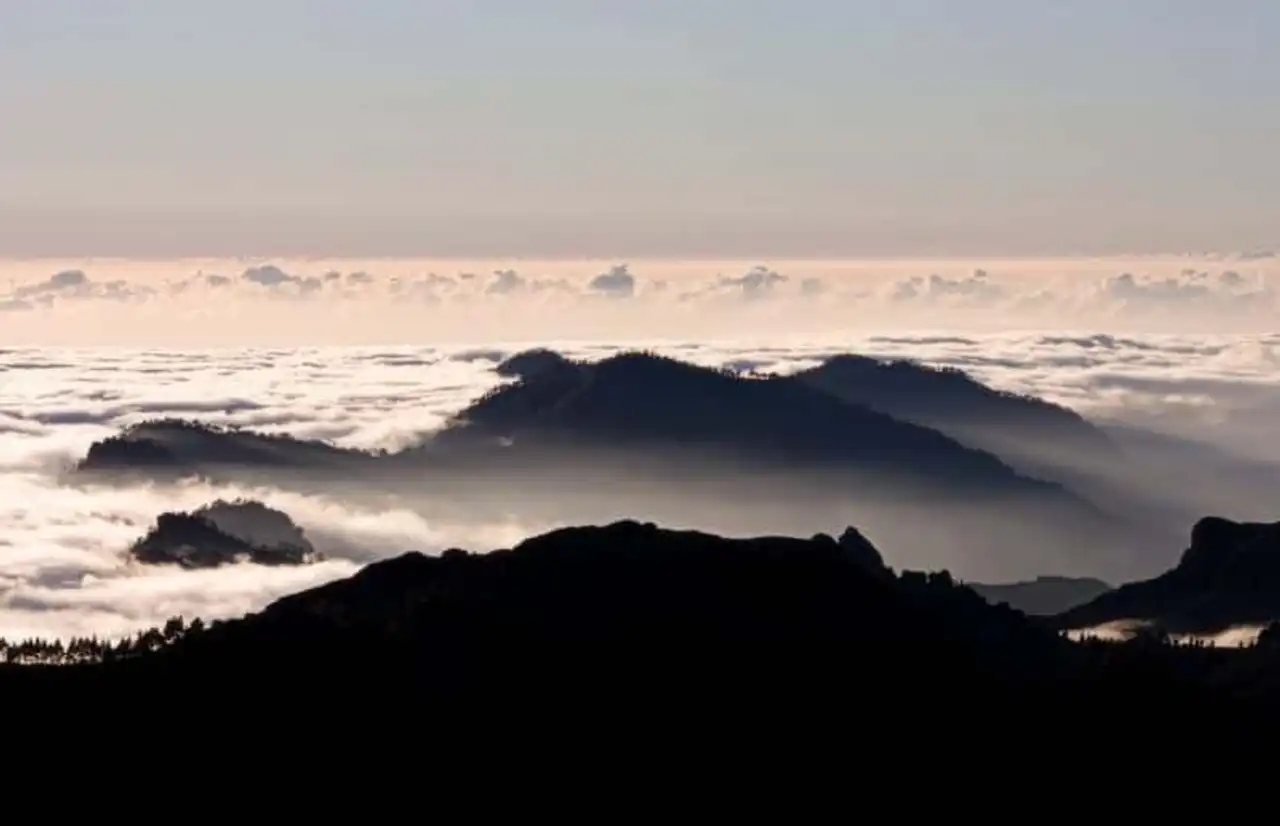
Photo credit: Flickr – El Coleccionista de Instantes
What to do in Gran Canaria outside the seaside cities? Hiking in Fataga Barranco , a canyon in the center of the island, for example! No need to go to United States and Mexico to see dry landscapes: go up to mirador de la degollada de la yegua, a gazebo to admire the beauty of this miniature canyon. For climbers, we recommend you to opt for a climbing session where young and old can indulge in an original experience in the heart of Barranco de Fataga!
10. The village of Fataga
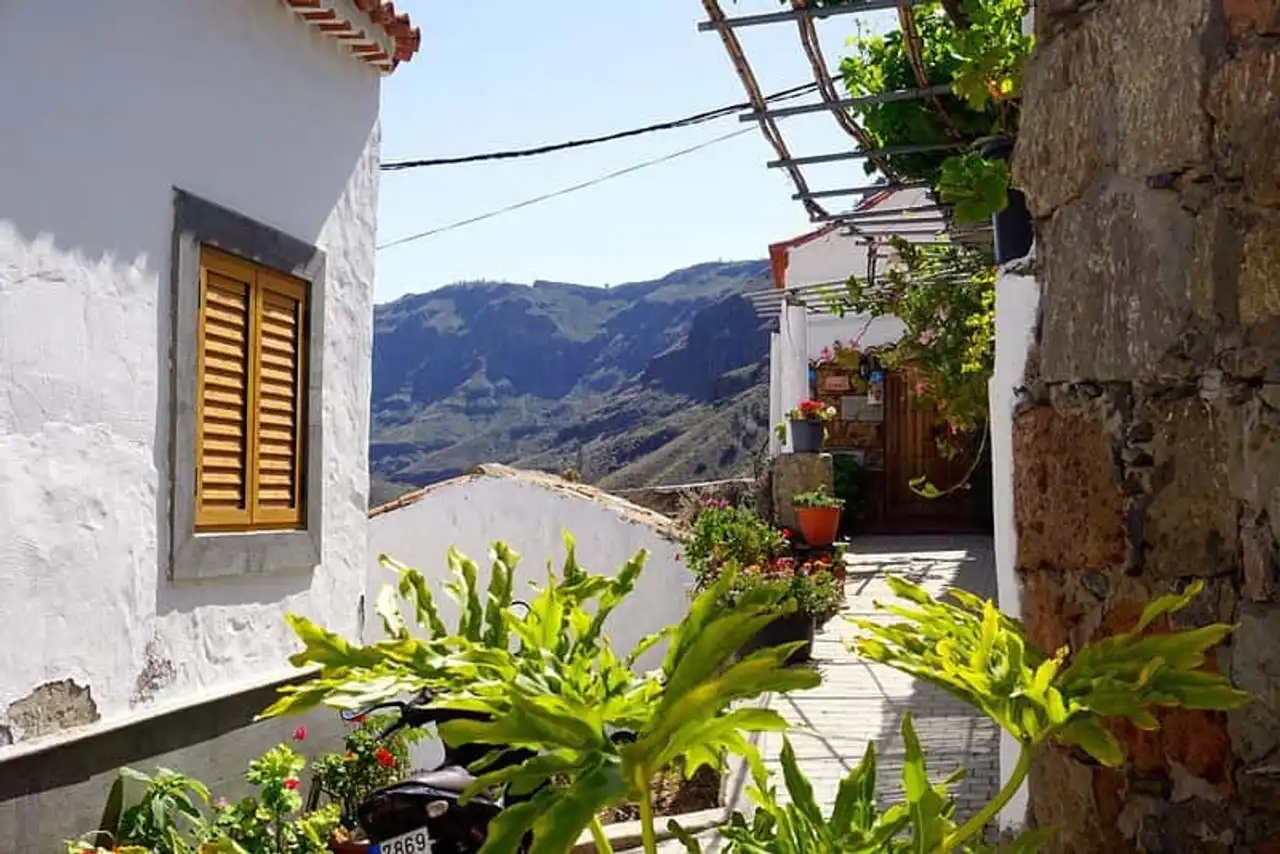
Photo credit: Flickr – Glen Bowman
On the road between the Pico de las Nieves and Maspalomas, is a charming village where you must stop: you must visit Fataga , for it is ranked among the most beautiful villages of Gran Canaria. Situated on a steep rocky grove in the middle of a palm grove, the village has preserved its ancient soul and attracts many artists and craftsmen, rehabilitating the village a little.
11. The city of Agüimes
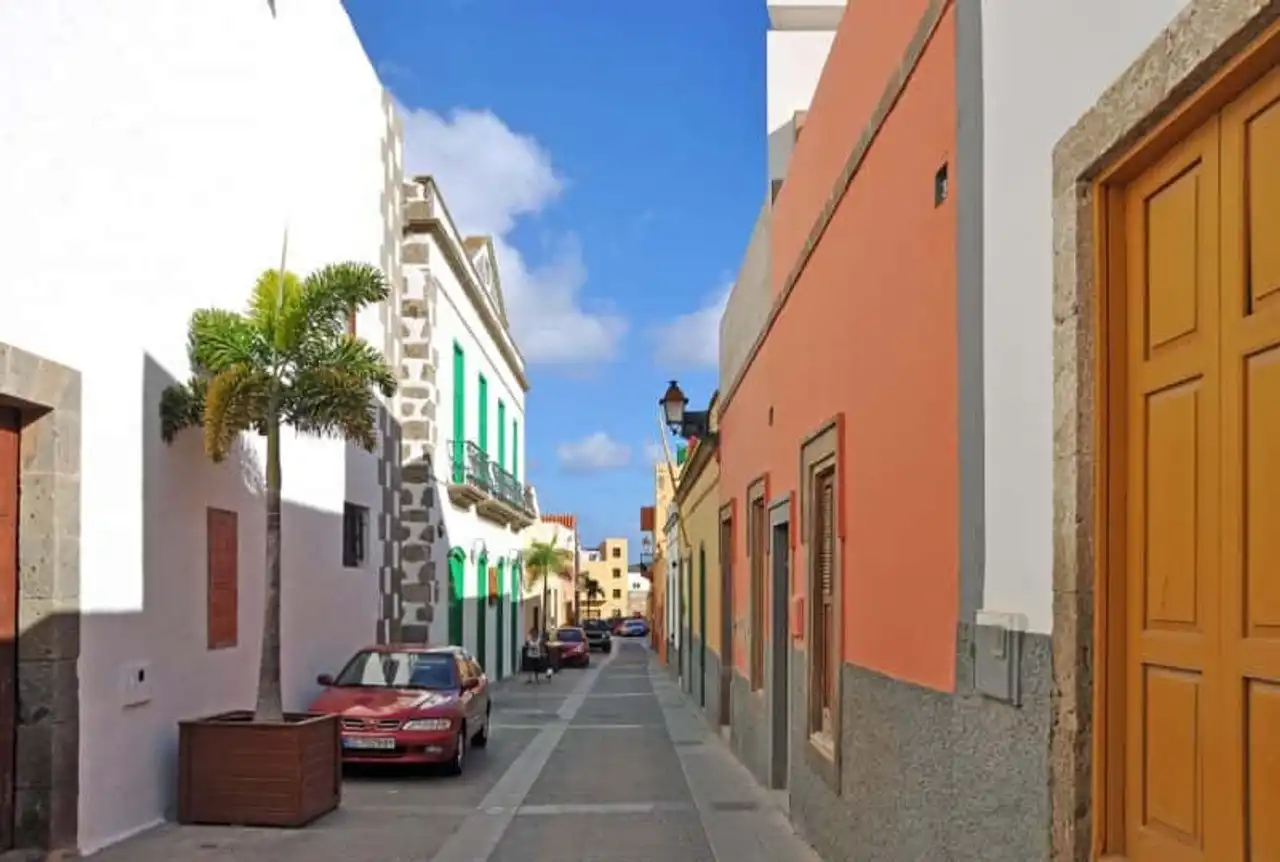
Photo credit: Wikimedia Commons – Marc Ryckaert
Between Telde and Maspalomas, the city of Agüimes is one of the most emblematic communes on the island. Uncontournable if you come to visit Grande Canarie, the city has just over 30,000 inhabitants and is in charge of history. Located in the south-east of the island, the historic district – including the main square – with its craft shops, restaurants and traditional events, is undoubtedly to be seen.
As a family, you will enjoy making a stopover at Cocodrilo park which houses the largest collection of alligators in Europe! On the program, a green class of 3 hours in the middle of suricates, birds, turtles, lizards and other species: a real playful and enriching parenthesis for young and old.
12. Lomo Quiebre
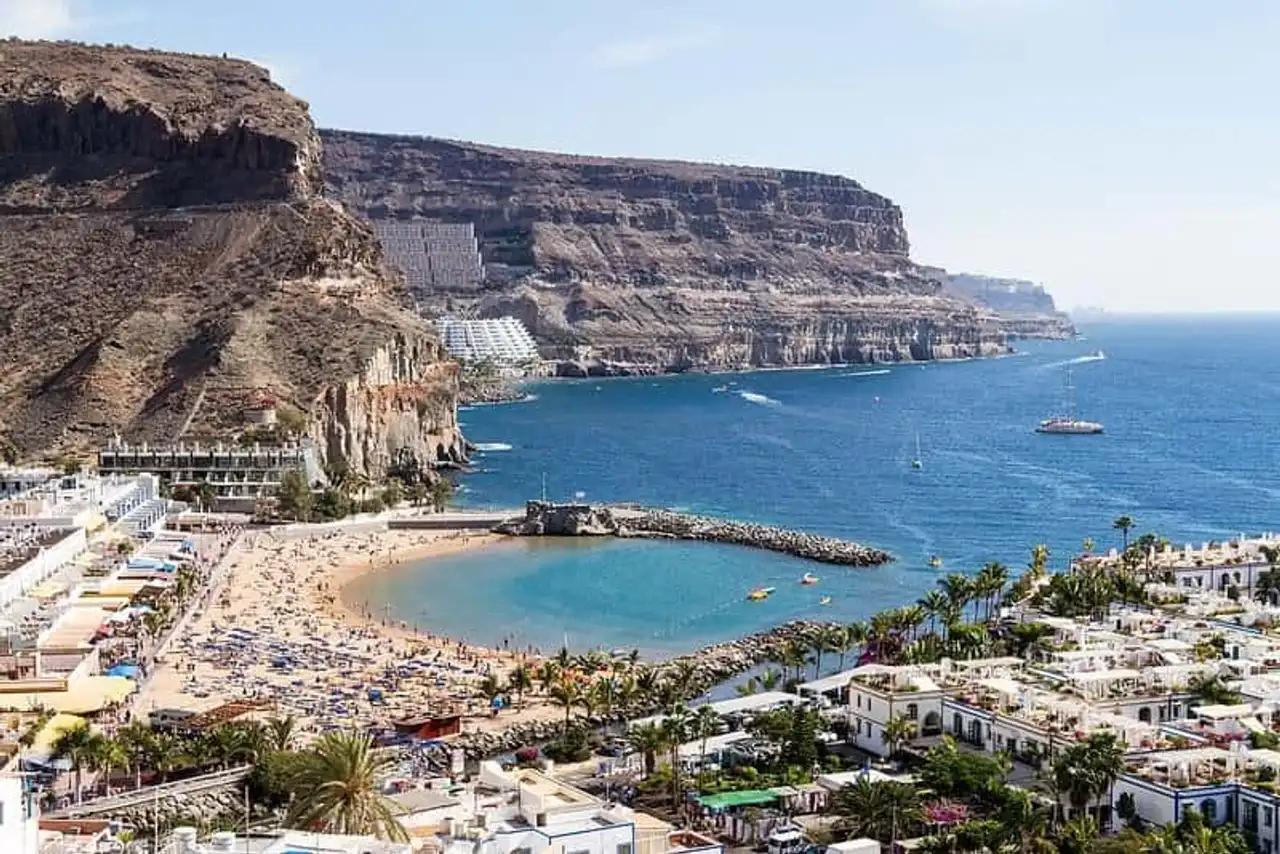
Photo credit: Flickr – TimOve
Visit Gran Canaria without going to Lomo Quiebre would be a missed act. This village is best known for its port, named Puerto de Mogán and nicknamed "the little Venice of Gran Canaria". Just that! And yes, between the small fishing port, the bridges and bridges, the marina with its mooring yachts and the seaside city created for mass tourism, one would believe on the Mediterranean Riviera or Venice. At the port, Puerto de Mogan welcomes a popular market very frequented by locals and tourists.
In terms of activities, the program is at least enchanting! It is here, at and from Lomo Quierbe, that excursions are worth a visit: kayaking/snorkeling or boat ride. Sessions rich in discoveries, which promise to discover local marine fauna and flora otherwise, beyond your beach towel.
Find a boat for rent in Gran Canaria
13. The dunes of Maspalomas
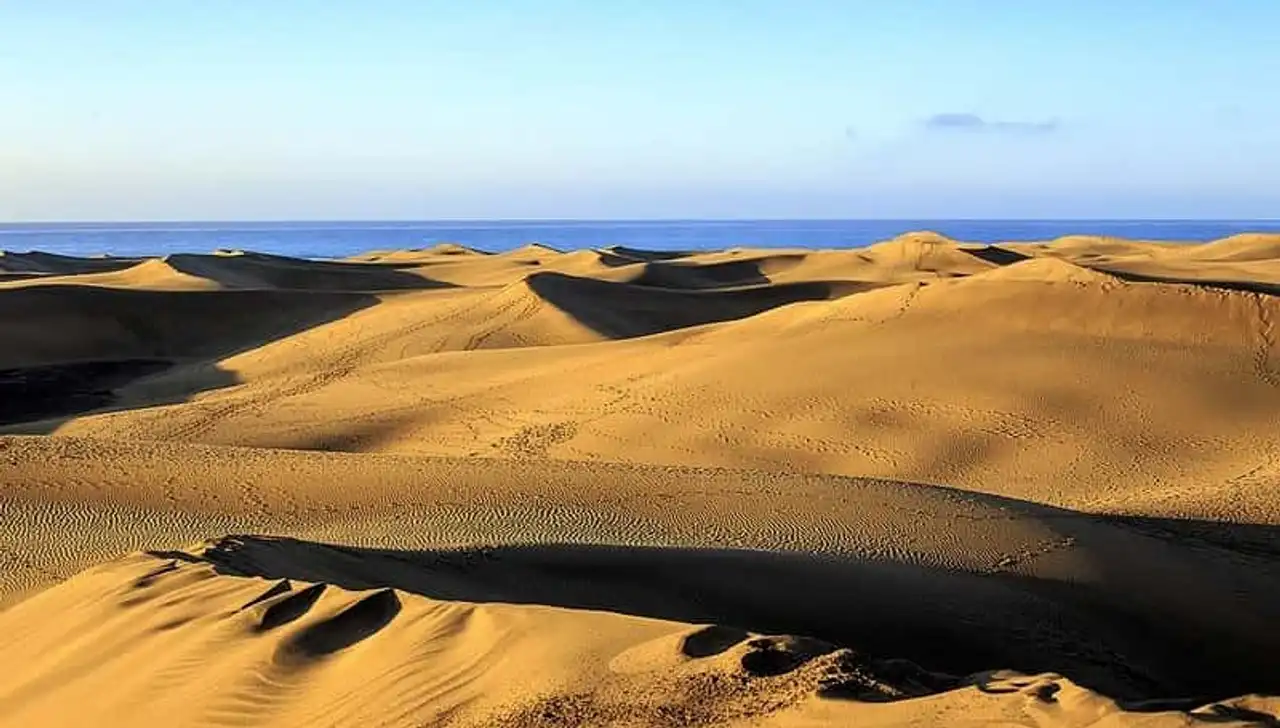
Photo credit: Flickr – Joakim Berndes
Here is a must-see activity to visit Grande Canarie: the dunes of Maspalomas ! They appear in all the guides and on all the pictures.
Want a camel back excursion in the Sahara? These dunes of about ten meters high and spread over more than 400 hectares, are lined by a large sandy beach – something rare in the Canary Islands – are perhaps the most famous attraction of Gran Canaria. Don't miss either charca a natural reserve chosen each year as a port of call by migratory birds.
14. Playa del Inglés
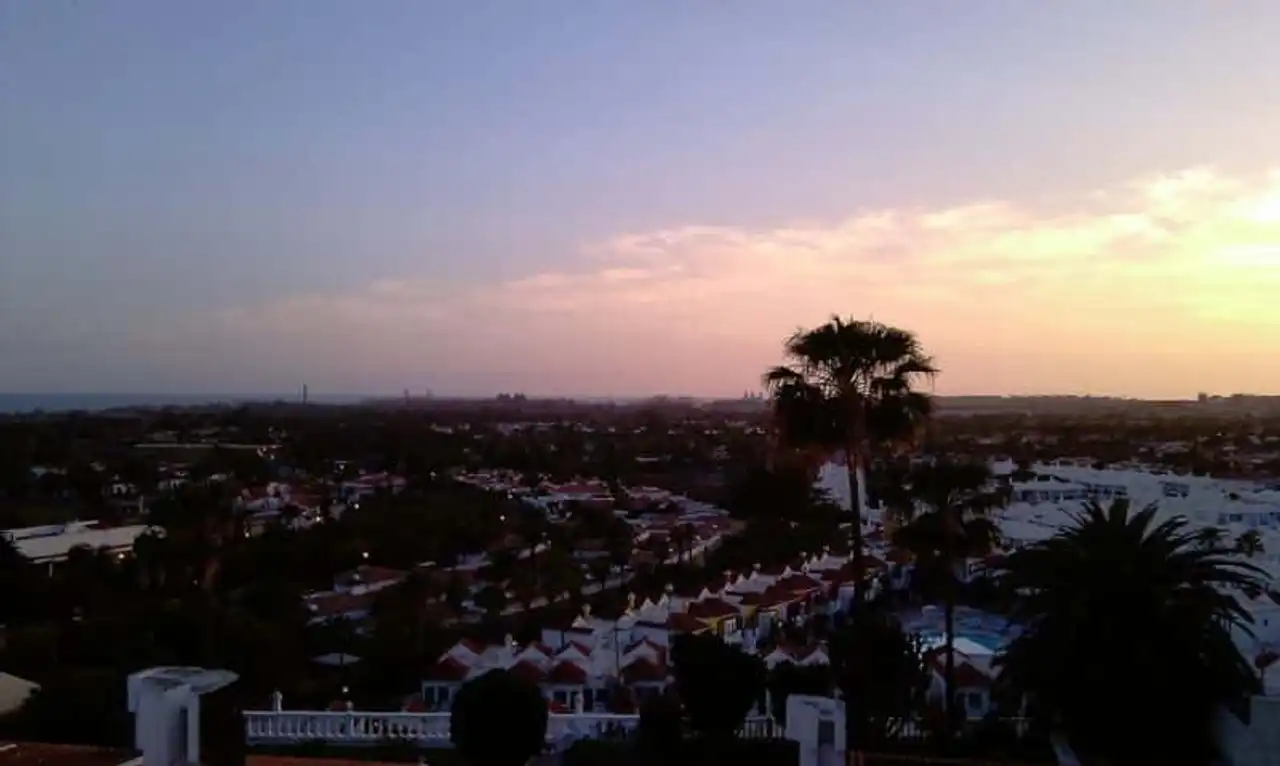
Photo credit: Flickr – jay-jerry
What to do in Gran Canaria when we visited everything? Dude Farniente And the party! If it is often said that the Canary Islands attract a retired public, it will not be possible to find it Playa del Inglés , the French Beaches. It is a seaside town on the east coast where to party at the oceanfront, with luxury hotels, bars, restaurants, and discotheques in number around the sandy beach: to your decks after dancing all night! And if you still have some energy, go to a water sport session: surfing, paddle or scuba diving are waiting for you between two naps...
15. Playa de Amadores
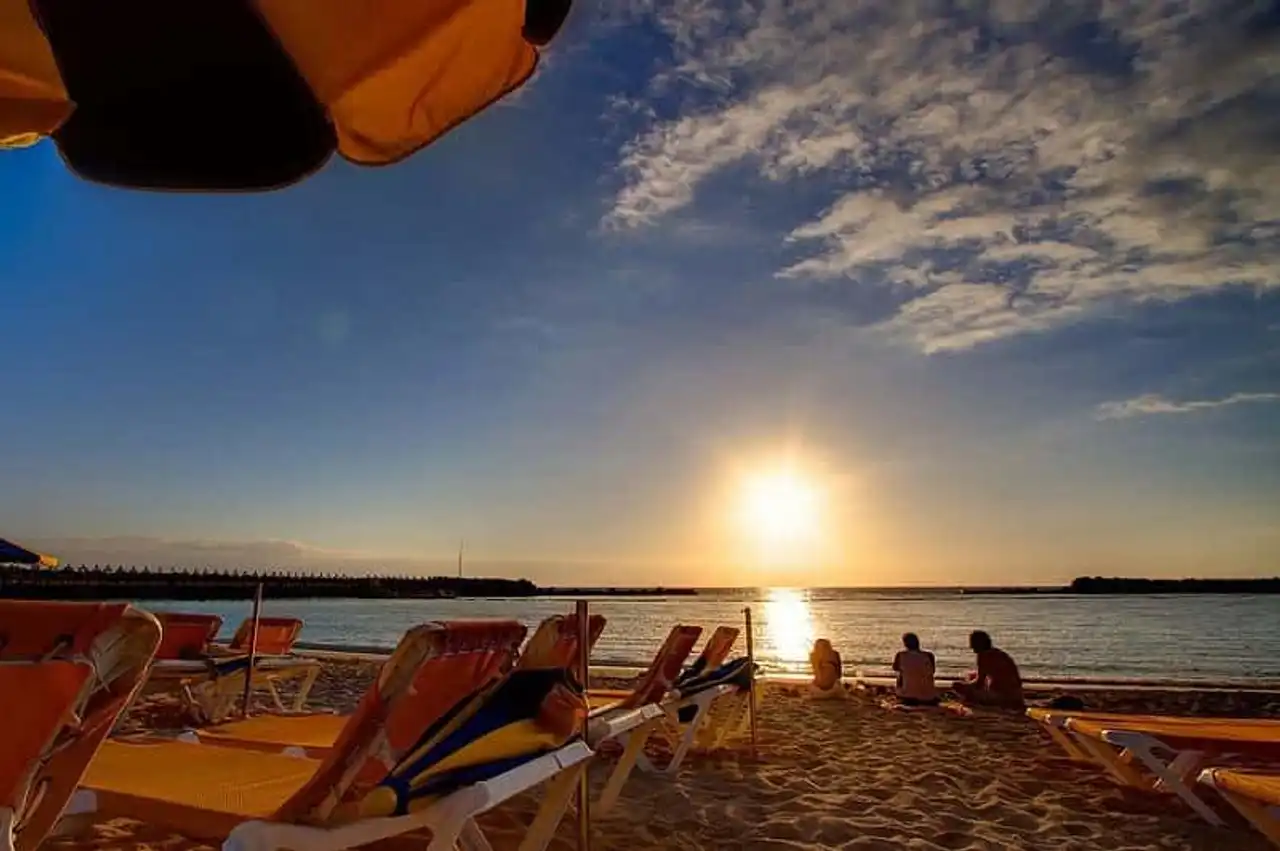
Photo credit: Flickr – Ramon Sanchez Bruhn
A last must-see activity because this is the end of the stay? Here. Playa de Amadores , a sublime beach of wet white sand by clear, even turquoise and green waters if you are lucky. The beach is obviously popular for tanning and swimming. Protected by two dykes, the water is calm to bathe in peace. Many hotels and apartments where to sleep in Gran Canaria close the beach.
How to get to Gran Canaria?
The cheapest solution to land at Gran Canaria Airport (Southeast of the island) is to take a flight from Barcelona-El Prat Airport by taking advantage of direct flights and low-cost (up to 15 € single go...) available on our partner’s website Ulysses . Departure from Paris or from another city, stopovers in Madrid or Barcelona can last 6 or 7 hours.
Where to stay in Gran Canaria?
To stay in Gran Canaria, there is a choice: the hotel offer is abundant and often cheaper than in Europe. Las Palmas, Telde, Playa del Inglés, Maspalomas, Teror, Agüimes, Puerto Rico are cities where to sleep in Gran Canaria . For the type of accommodation, you can opt for a nice apartment on Airbnb or study the best offers offered by this Compare hotels .
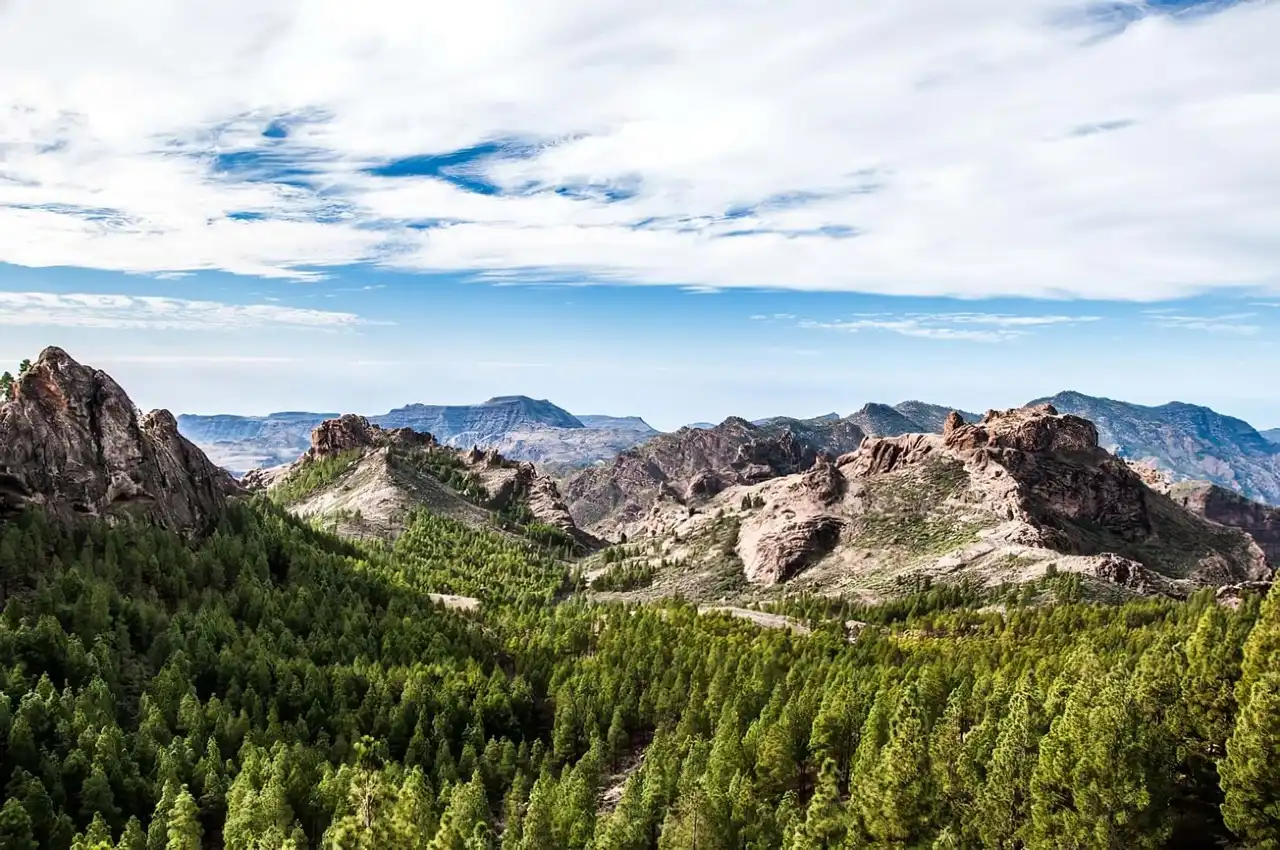




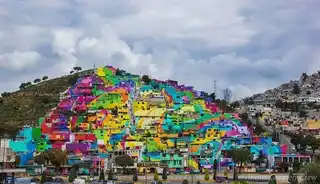
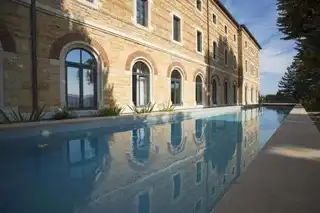
Loading comments ...